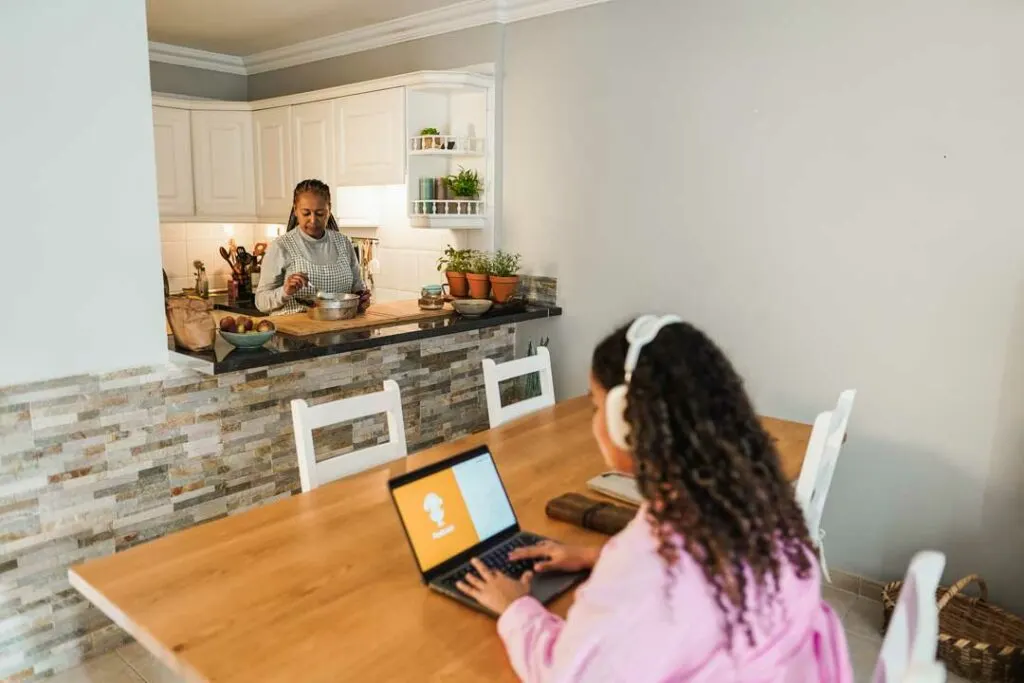Living in the countryside doesn’t mean you have to settle for unreliable internet. Here’s how to find the best internet service provider for rural areas.
How to Find Reliable Internet Service Providers for Rural Living

Living in the countryside has its perks—wide-open spaces, quiet evenings, and a close-knit community. But one thing I wasn’t prepared for when we moved here was the challenge of finding reliable internet service. If you’re a rural mom like me, juggling work, kids’ online classes, and the occasional Netflix binge, you know that a good internet connection isn’t just a luxury—it’s a necessity.
Did you know that while there are more than 8,000 internet service providers (ISPs) in the U.S., rural areas are often left behind? In fact, about 22% of rural Americans still lack access to high-speed internet. That’s a big deal when everything from paying bills to staying connected with loved ones happens online. But don’t worry—there are options, and with a little research, you can find what works best for your family.
Step 1: Check What’s Available Locally
First things first, you’ll need to figure out what’s available in your area. Living in a rural town, I’ve learned that our options are more limited than in the city. Fiber-optic and cable networks, which deliver very fast speeds in urban areas, don’t always make it out here. But don’t lose hope—internet connections have come a long way.
When we first moved in, I spent an evening calling ISPs, checking websites, and even asking neighbors what they used. It turns out that knowing what’s out there is half the battle.
Step 2: Understand Your Options

Here’s a quick breakdown of internet options commonly available in rural areas:
- Satellite Internet: This was a game-changer for us. Satellite doesn’t rely on cables or phone lines; instead, it connects via satellites in space. Modern satellite internet is faster and more reliable than it used to be, though it still requires a clear view of the southern sky.
(Fun fact: My kids call it “space internet” and think it’s the coolest thing ever!) - Cable Internet: If your rural area has cable TV, you might be able to bundle internet with it. It’s usually faster than DSL but less available the farther you are from town.
- DSL (Digital Subscriber Line): This uses existing phone lines but doesn’t tie them up like old-school dial-up. The speed can vary depending on how far you are from the provider’s hub.
- Cellular Internet: If you’re in range of a good cell signal, this can be a solid option. We tried this briefly, but data caps made it tricky for streaming.
- Fiber-Optic: It’s the holy grail of internet speed but is often unavailable in rural areas. If you happen to live near a new development or a progressive community, you might luck out. Always look for this as your first option.
Step 3: Watch Out for Hidden Fees
Here’s a tip I wish someone had told me: always check for extra charges. Installation fees, equipment rentals, and early termination fees can sneak up on you. Some companies also hike prices after the first year. When we signed up for our satellite internet, I made sure to ask about fixed-rate plans. Trust me, it’s worth the extra phone call.
Step 4: Pick a Reliable Provider
Reliability matters. Whether it’s for your kids’ homework, your online shopping, or an emergency telehealth visit, you need an ISP that delivers steady service. One thing I appreciated about our internet service provider, WOW, was their focus on rural areas. They’ve been in the game long enough to understand the challenges we face, and their customer service team has been incredibly helpful.

Before you commit, ask the provider a few questions about their customer service. Do they offer 24/7 support? What’s their average response time? And don’t forget to check online reviews and ask around in your community.
Internet Service Options for Rural Areas: What You Need to Know

Finding reliable internet in a rural area can be a challenge, but it’s not impossible. Start by checking what’s available, comparing options, and watching out for hidden fees. And don’t be afraid to lean on your community—whether it’s neighbors, friends, or online reviews, their experiences can guide you toward the best choice.
Remember, rural living is about making the best of both worlds—the peace of the countryside and the connection to everything else. With the right internet service, you can have both. Good luck, and may your internet be as steady as the sunsets we get to enjoy out here!

Jessi is the creative mind behind The Coffee Mom, a popular blog that combines parenting advice, travel tips, and a love for all things Disney. As a trusted Disney influencer and passionate storyteller, Jessi’s authentic insights and relatable content resonate with readers worldwide.
